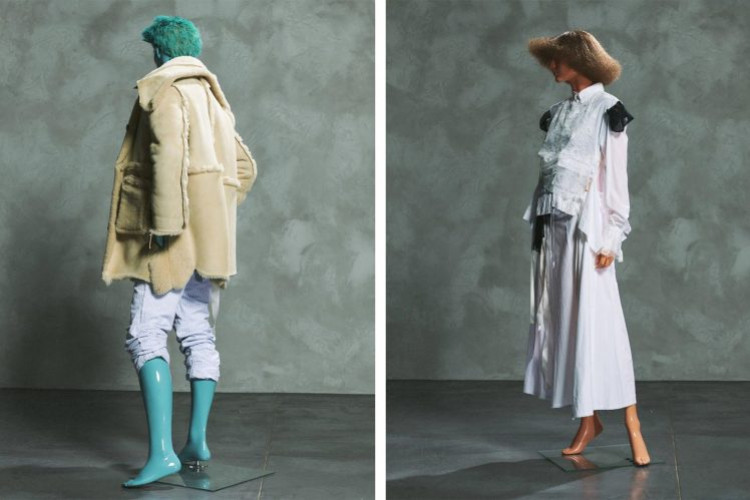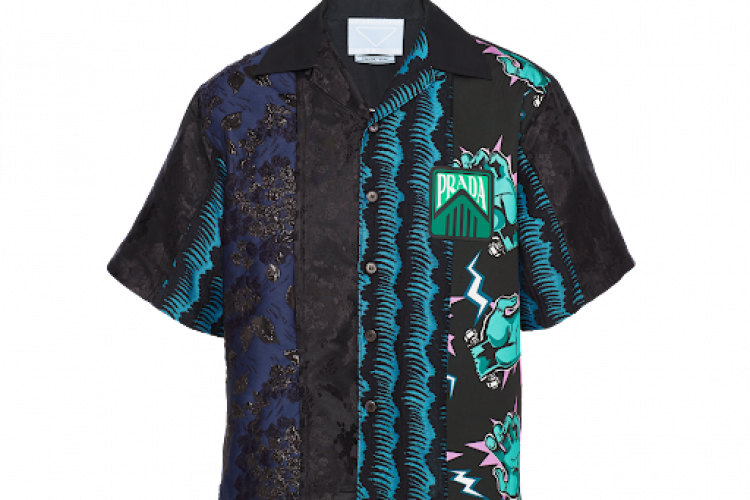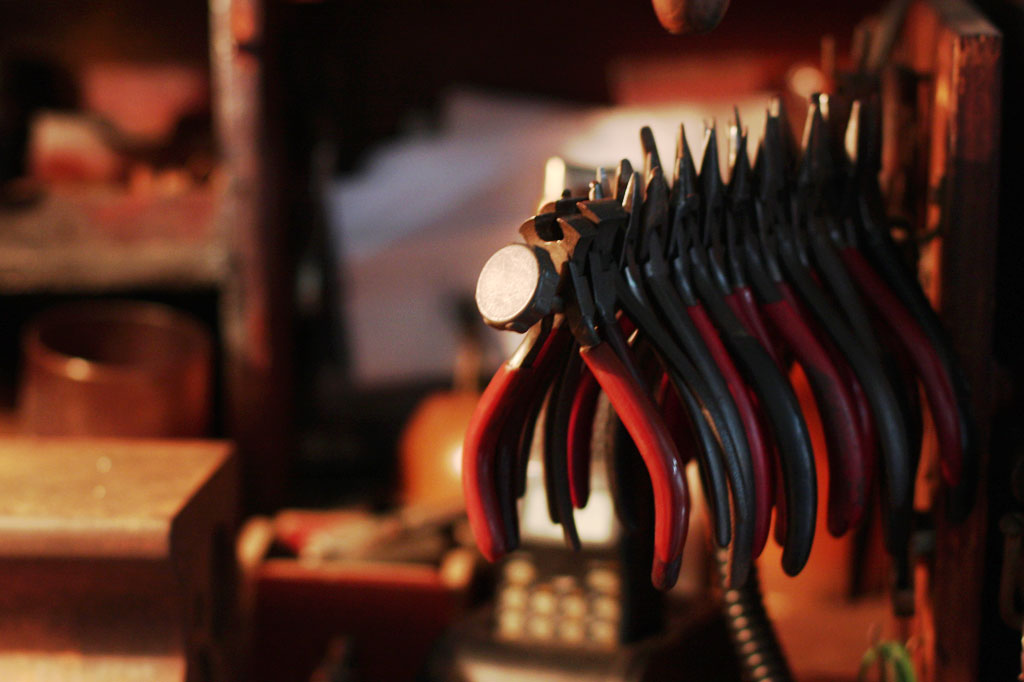
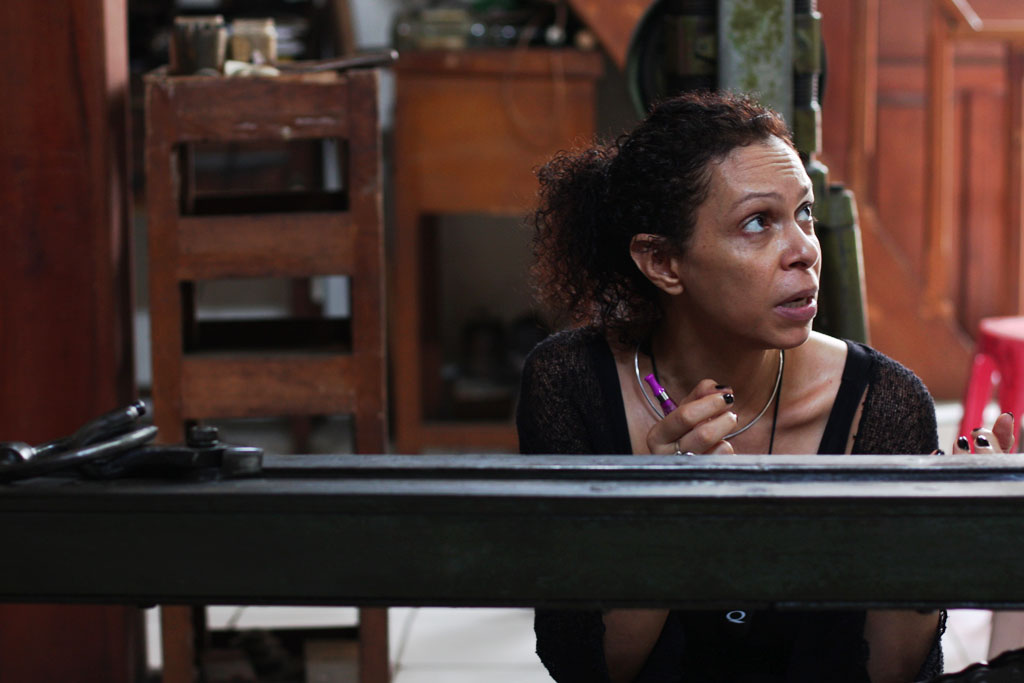
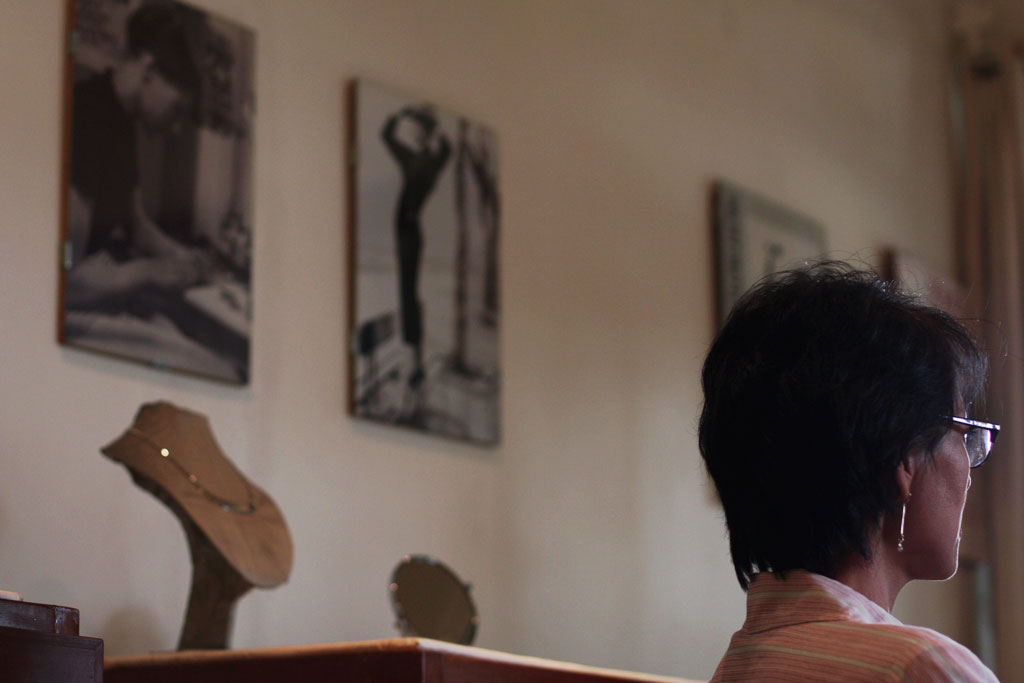
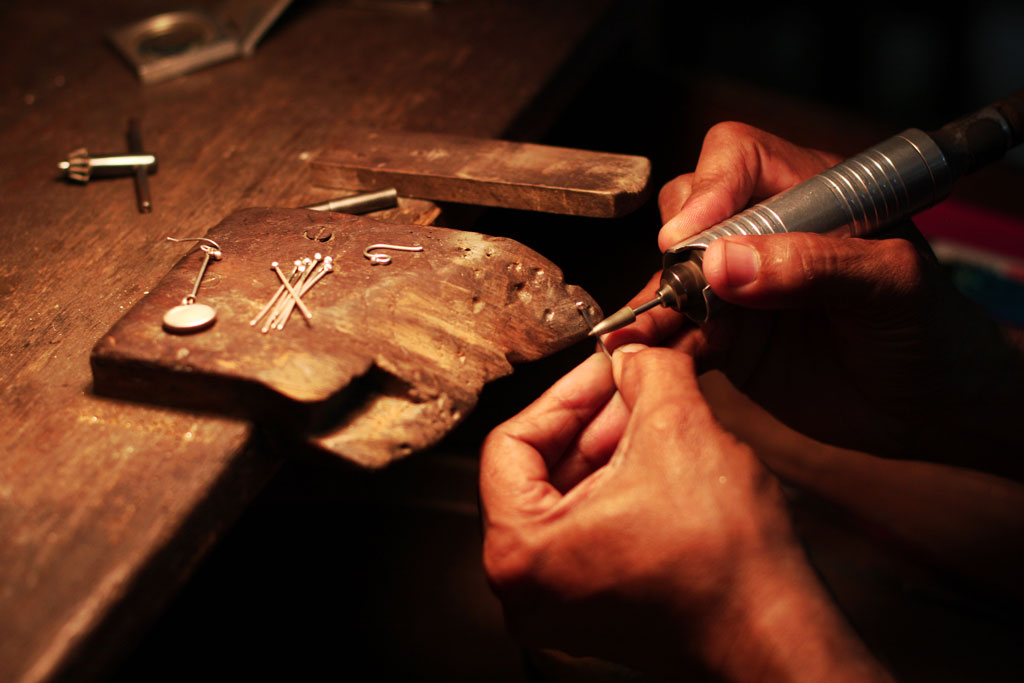
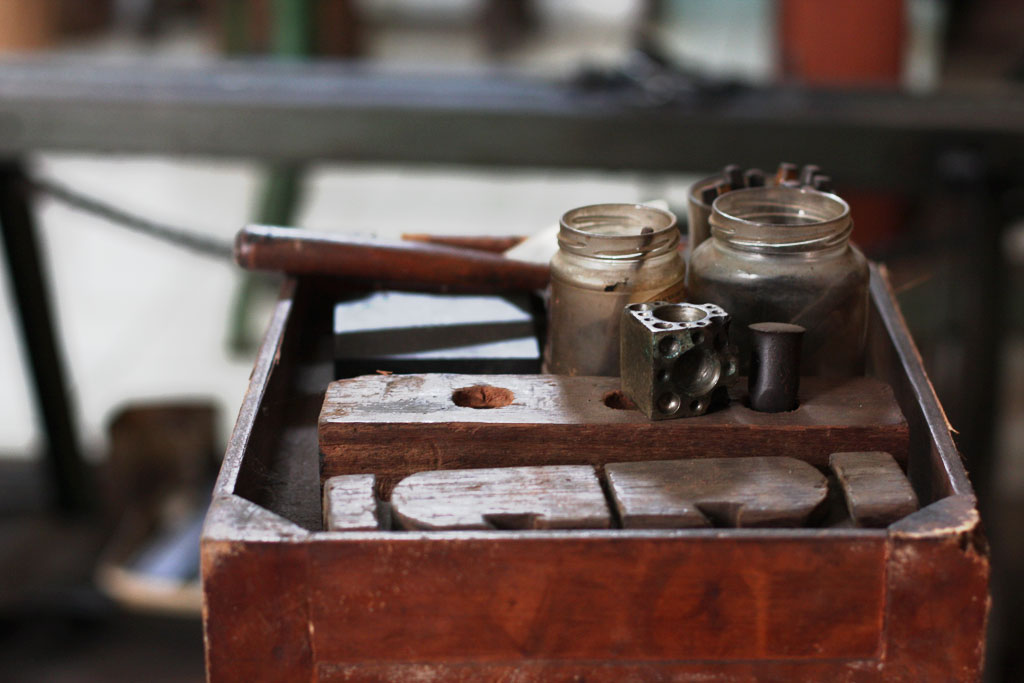
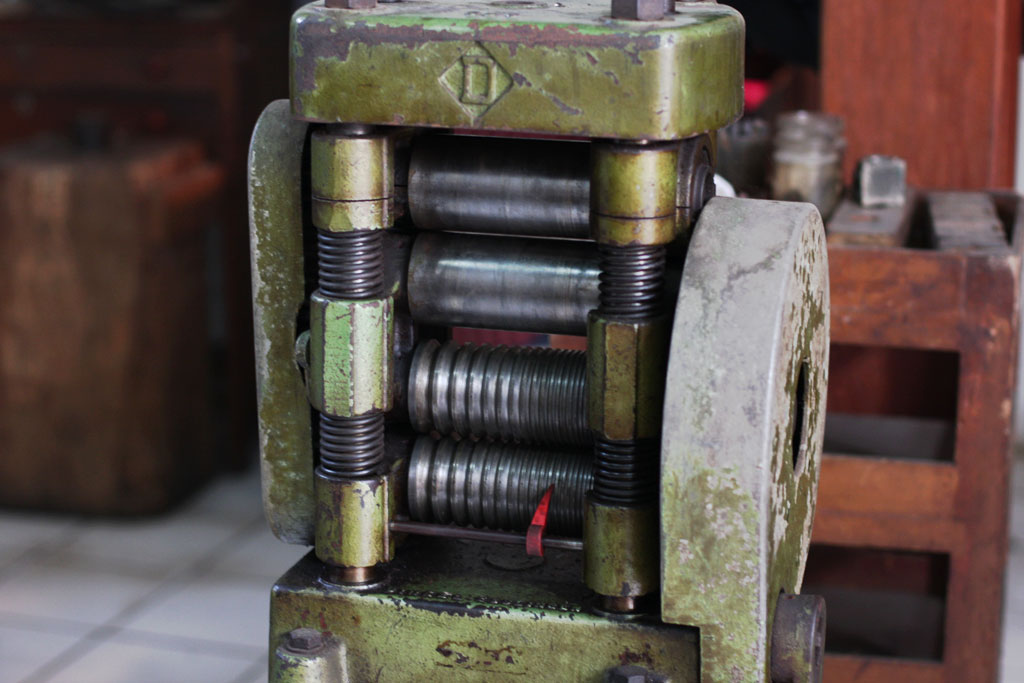
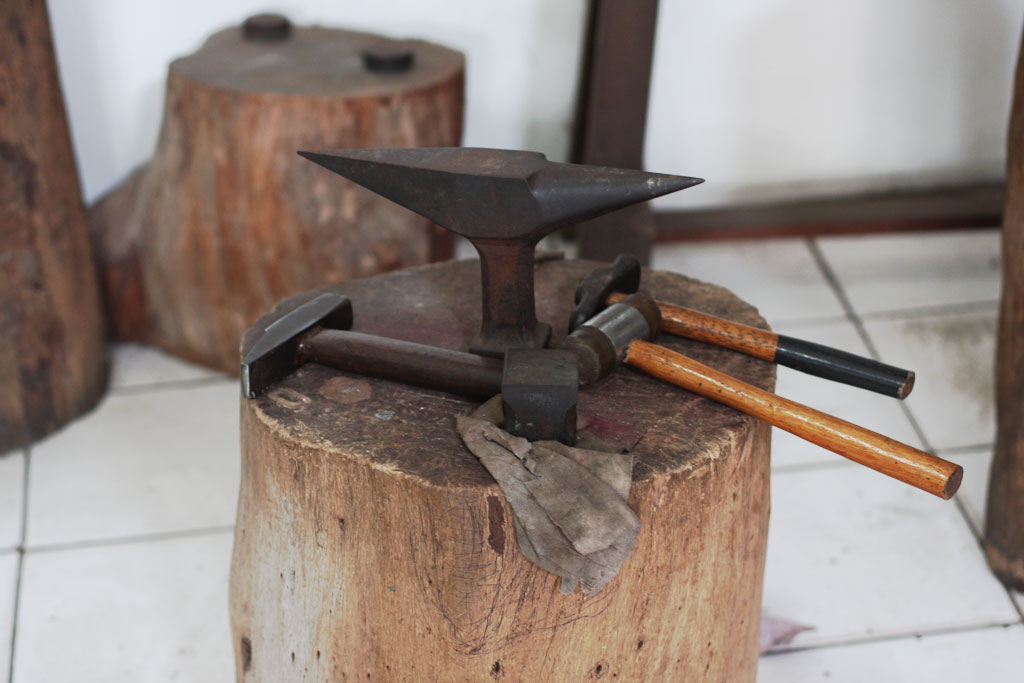
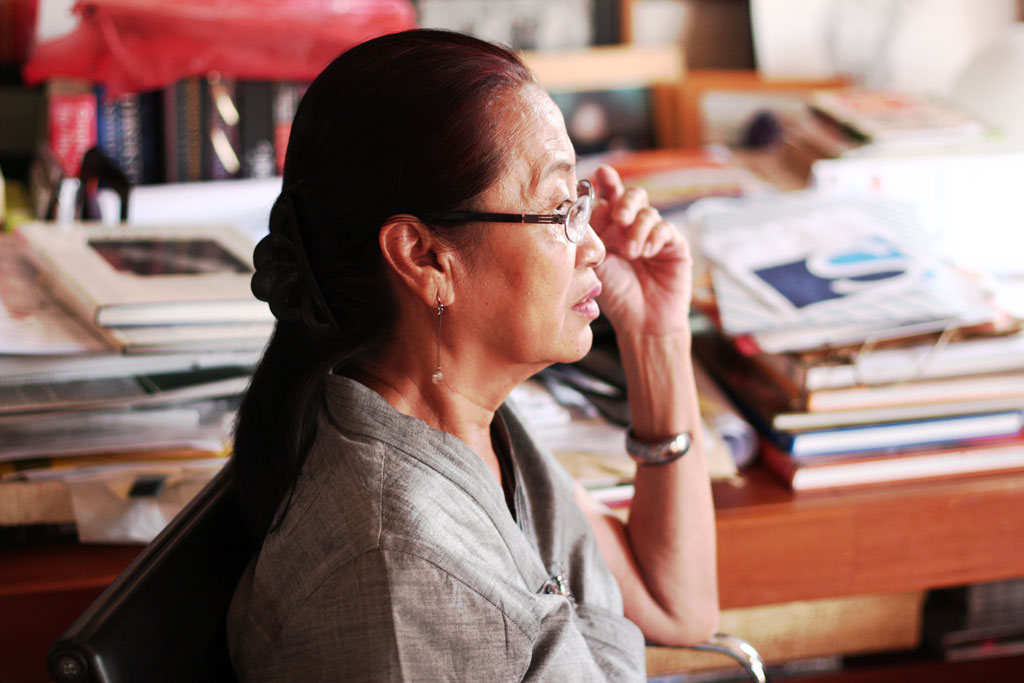
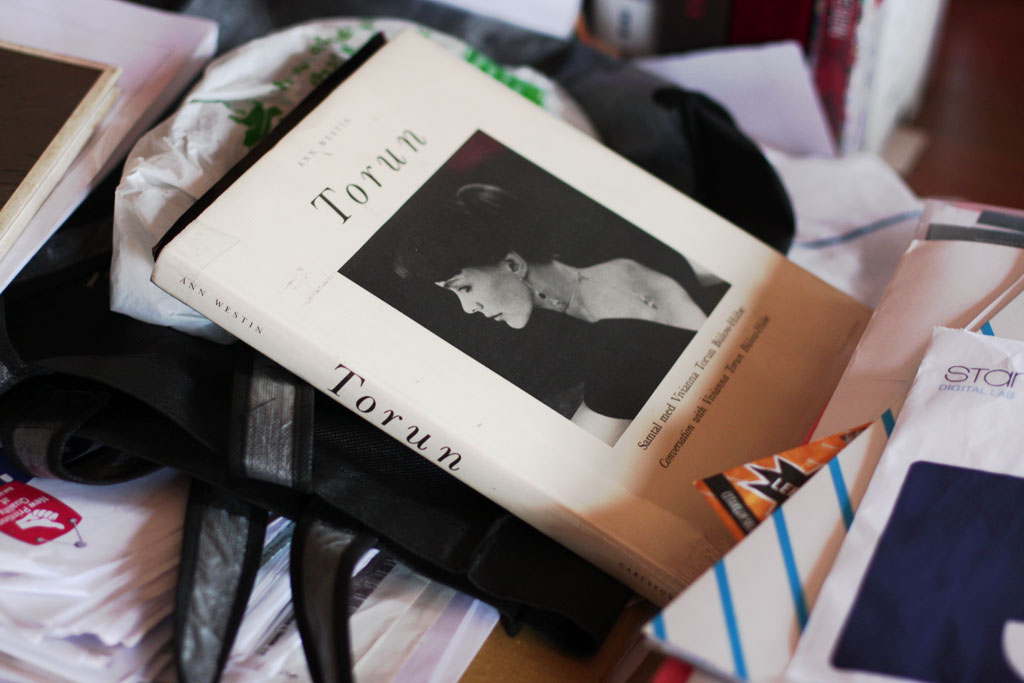
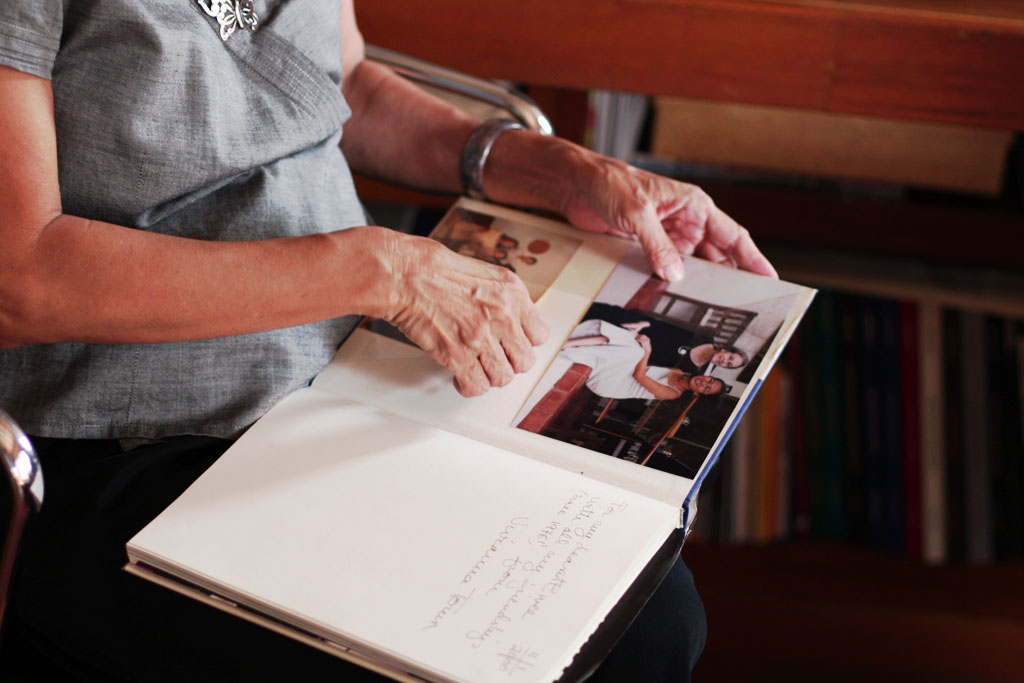
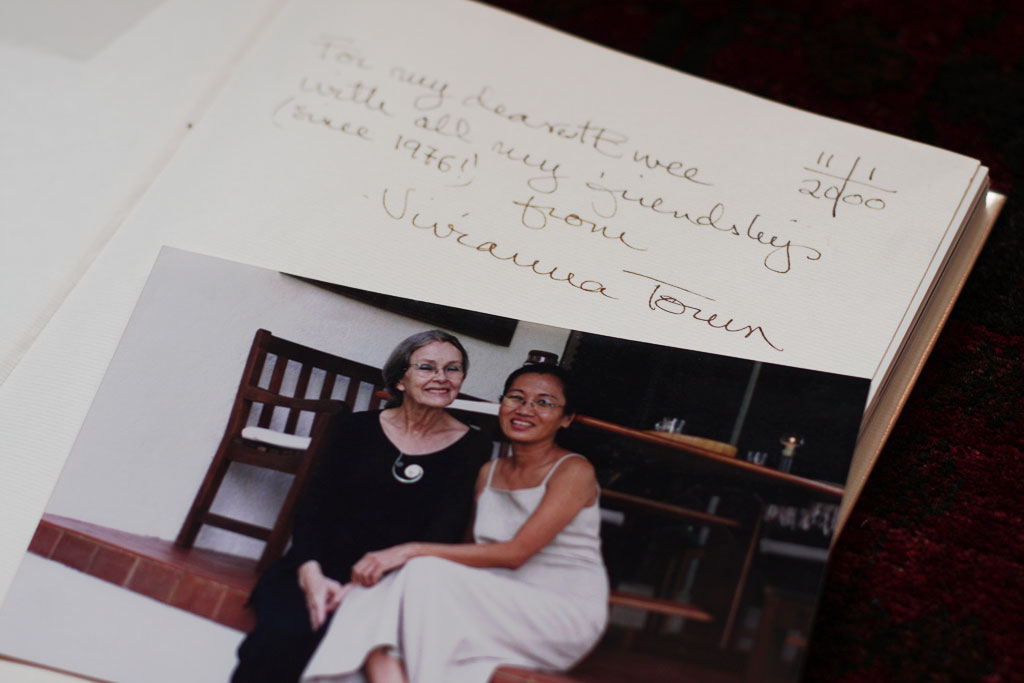
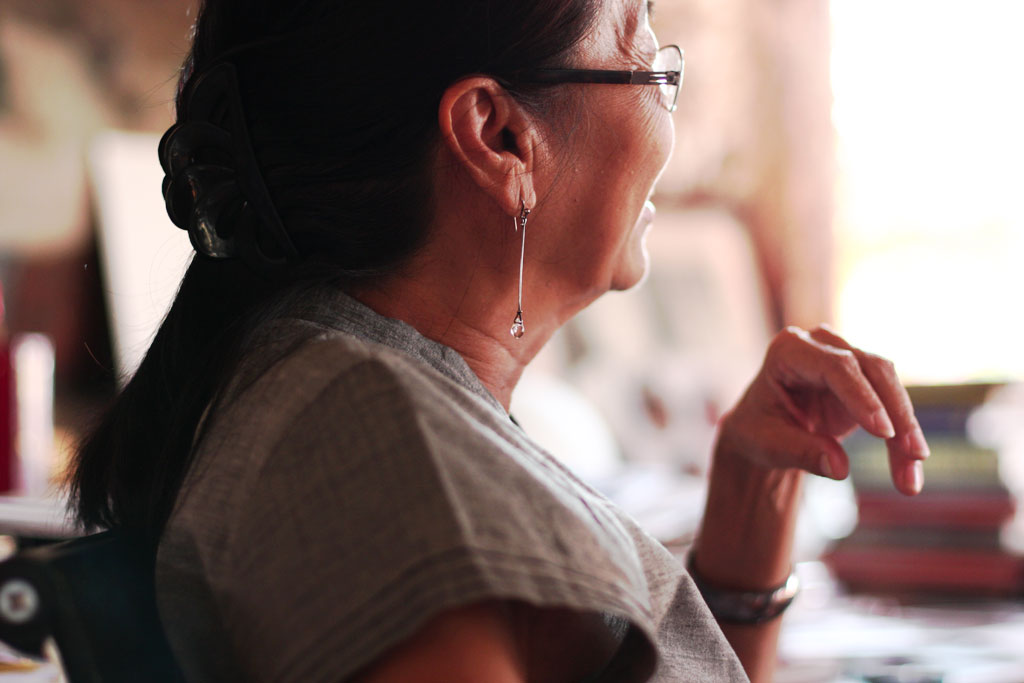
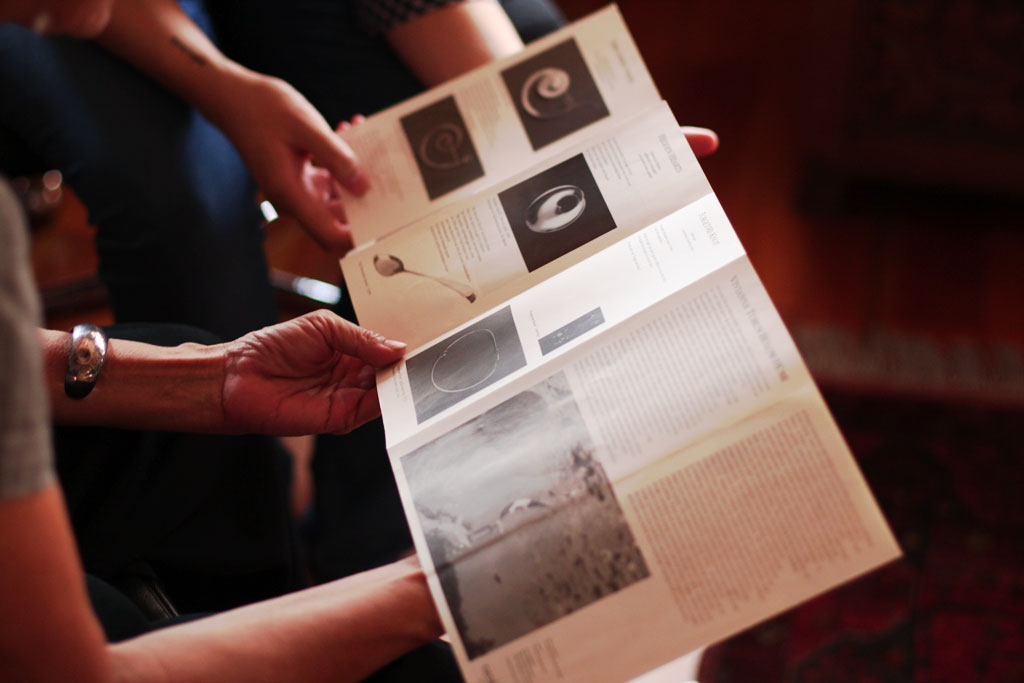
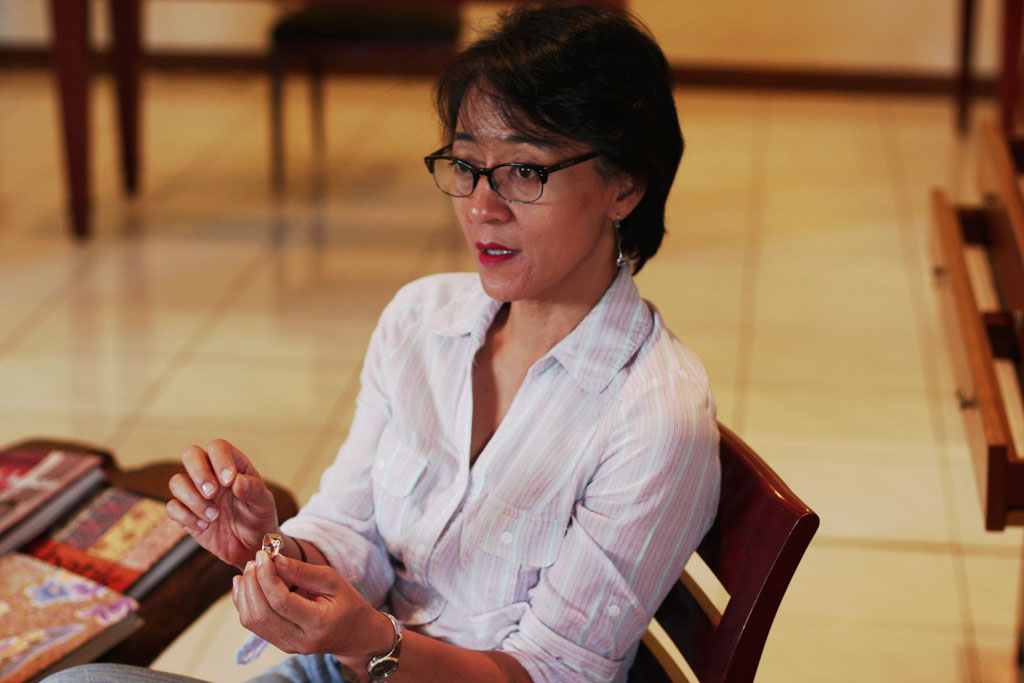
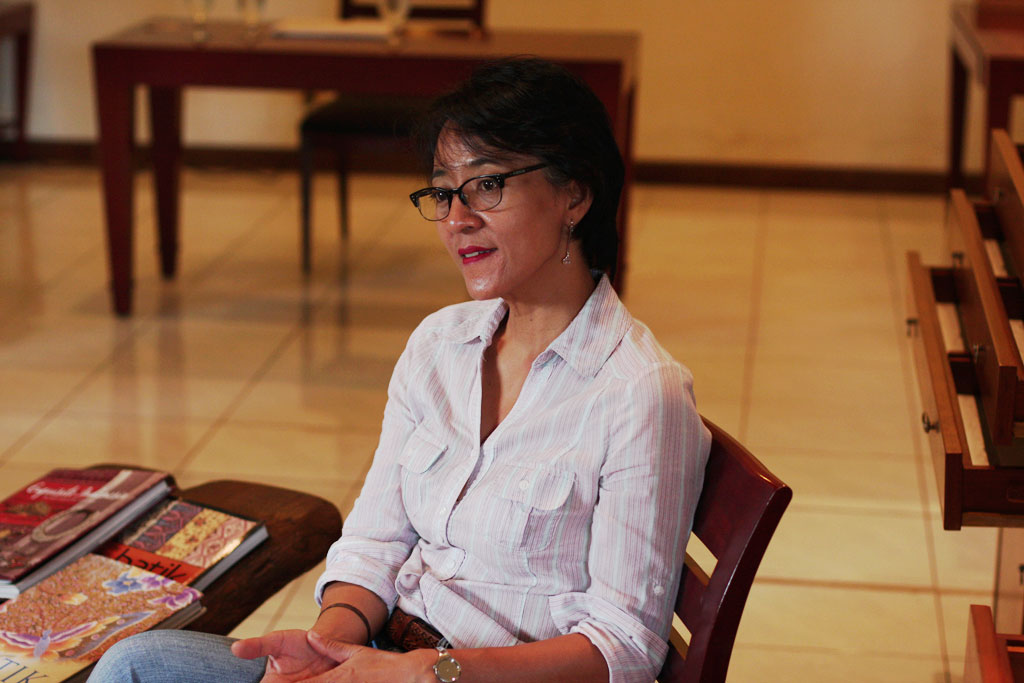
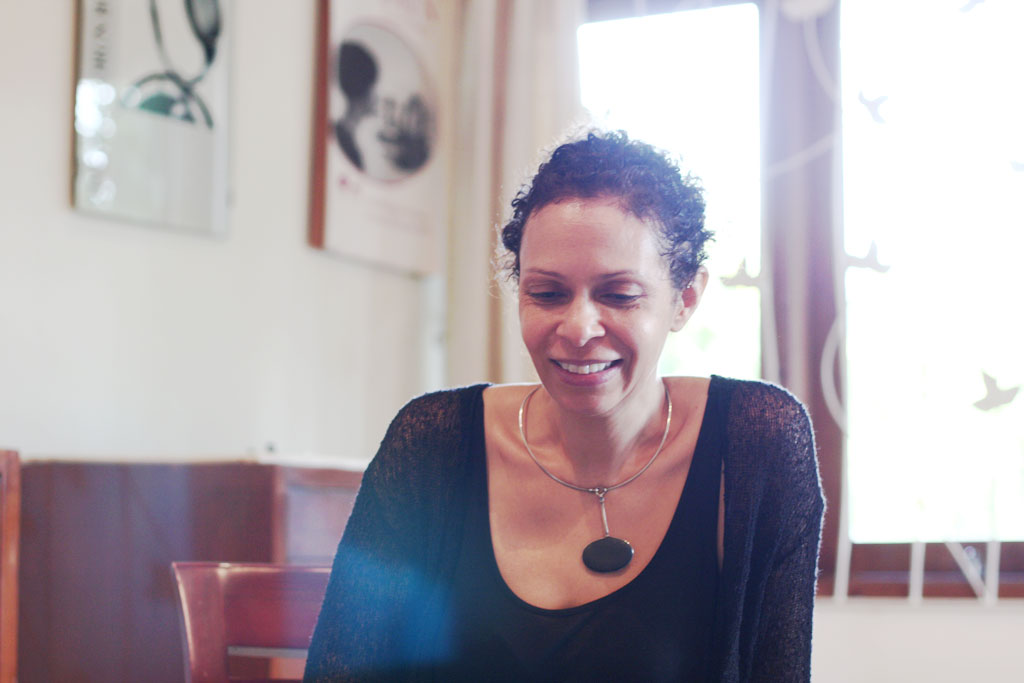
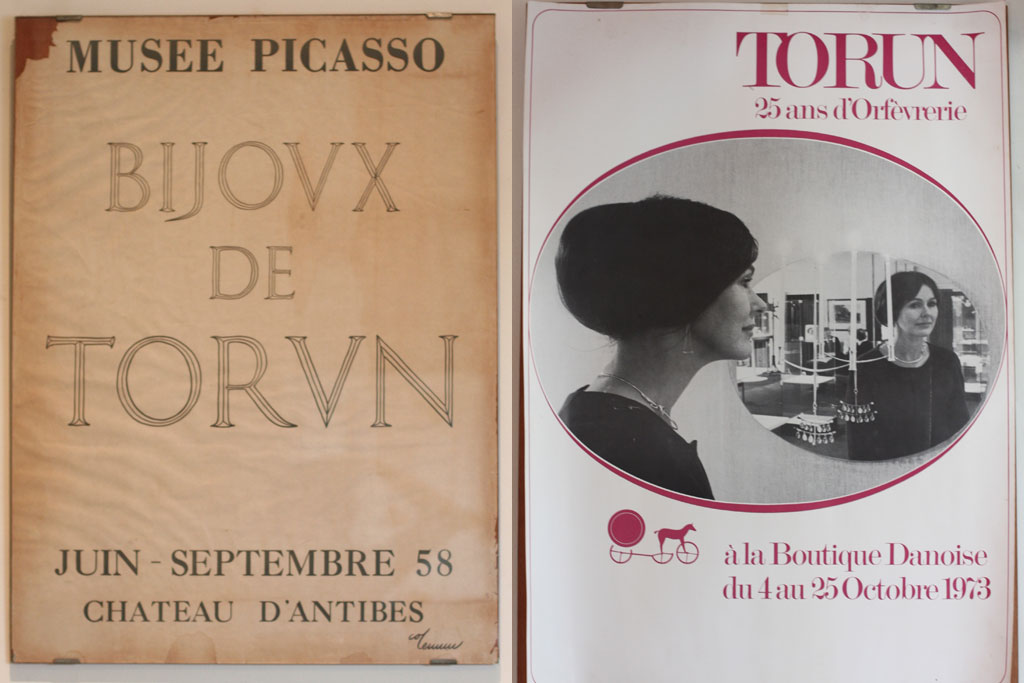
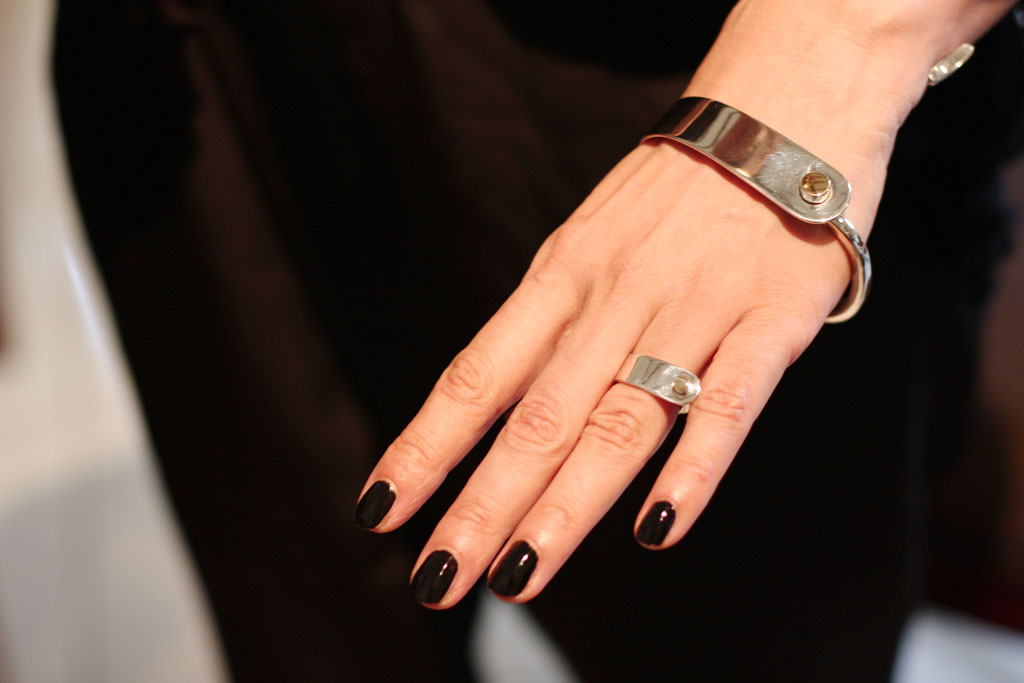
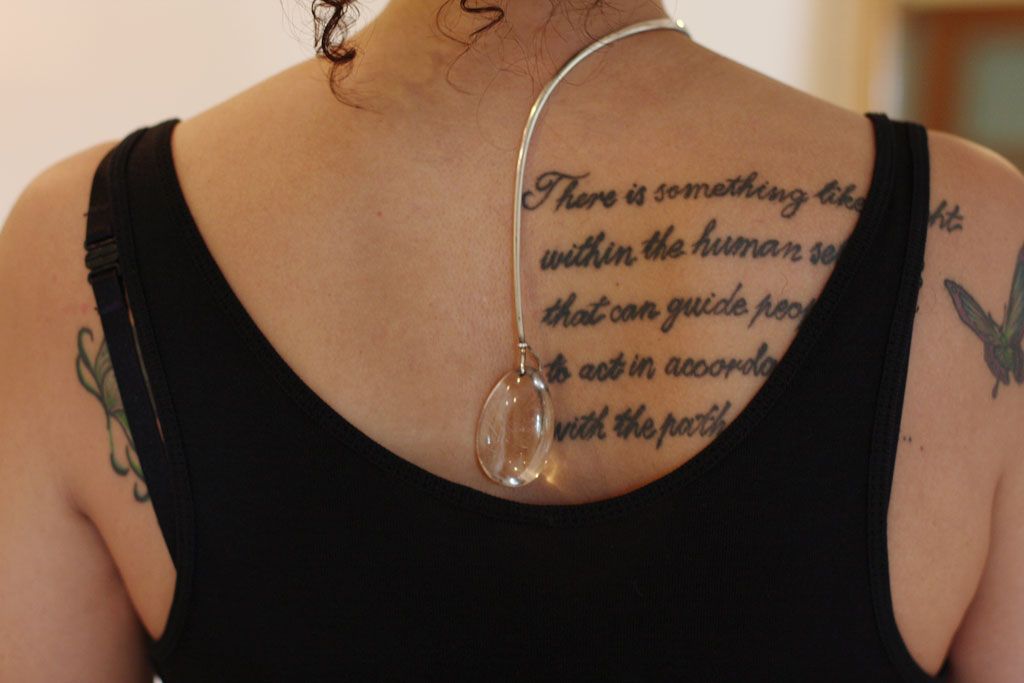
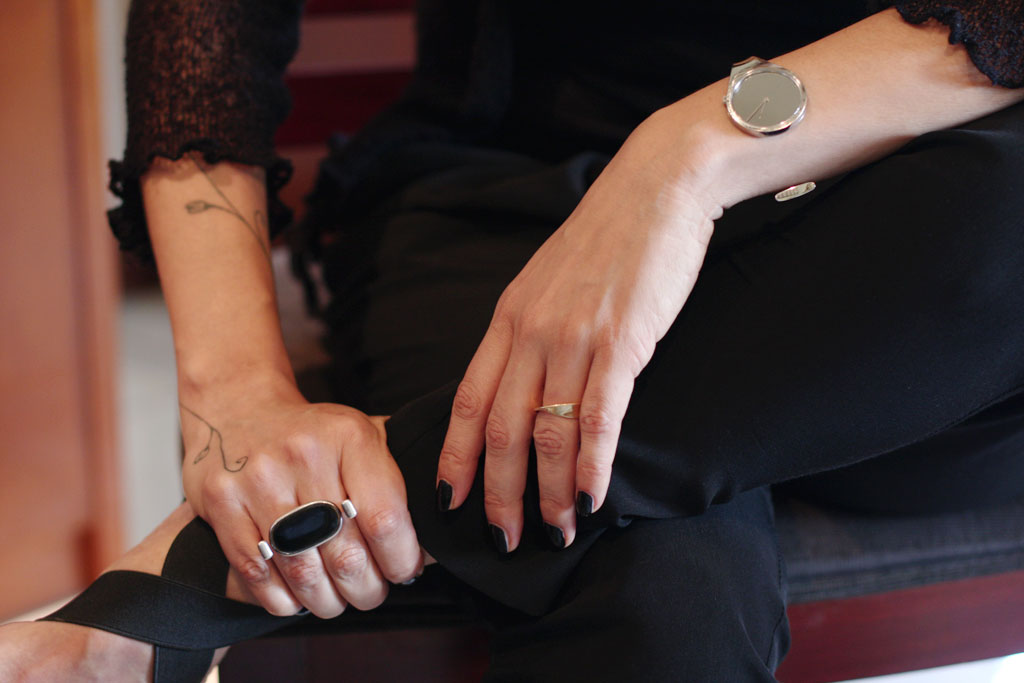
The paradox of simplicity is that it is actually built upon a complex philosophy. One might accuse adherents of the concept for being too lazy to look for more materials to work with. Though in practice, a simple creation is not always the result of there being insufficient sources. Serious believers of the concept know that simplicity involves a thorough filtering process. The creator must constantly ask him or herself: What is worth keeping? What is worth discarding? Without keeping such questions in mind, the creator – or to follow this article’s context, the artist – risks the danger of putting in too much, or conversely, leaving out too much to the point of having nothing valuable to spare.
Kenya Hara, a Japanese graphic designer who is also the creative director of the popular brand MUJI, explains the concept of simplicity in his comprehensive book, Designing Design. Simplicity is a core element in Japanese aesthetics and its application is not only limited to the arts. It is equally present in other aspects of Japanese culture – from Zen Buddhism to architecture. Hara, however, believes that the Japanese understanding of simplicity – particularly in design – goes beyond the act of avoiding excessiveness. It reaches the point of complete absence, or as he puts it, total “emptiness.”
But how is it possible to have an “empty” design? Interestingly, Hara’s approach can test your perspective on life. If you walk into an empty room, what do you see: A place where there is nothing, or a place that has the potential to be filled with something? Judging from the way he compares Western simplicity and Japanese simplicity (i.e. emptiness), he is the optimistic type who would see a vacant room and immediately think of what could be placed in it. Hara elaborates on the difference between the two simplicities by presenting two kitchen knives – one produced in Germany and another in Japan. Both knives have no unnecessary features, but the German design is ergonomic unlike the Japanese one. In Hara’s opinion, Western design weighs on the comfort of the user, whereas Japanese design acts as an empty vessel that gives its user the freedom to use it in whichever way he or she pleases.
If “emptiness” is reserved for the Japanese version of simplicity, then Western designers can definitely take pride in the ergonomic quality of their creations. Vivianna Torun Bulow-Hube – professionally known as Torun – was a Swedish silversmith whose extensive line of handcrafted jewellery fits perfectly into the category of Western simplicity defined by Hara. Born on December 4th, 1927 into a family whose members were heavily immersed in various creative professions, Torun found her passion for the arts at an early age. Being raised on the scenic island of Romano, she was able to develop a strong connection with nature – a connection that later became the foundation of her designs. Though she was an extremely prolific artist who created a tremendous number of pieces apart from necklaces, bracelets and rings, it was her ambition to revolutionize the world of jewellery that initially brought her to fame.
According to the Oxford Dictionary of English, the meaning of jewellery is “personal ornaments.” An ornament is “a thing used or serving to make something look more attractive but usually having no practical purpose.” A piece of jewellery would then be something that a person uses for decorative purposes – like a pretty necklace, for instance. However, historically speaking – especially during the years Torun began her experiments – jewellery was not utilized to make the person wearing it more attractive. It was the heyday of big diamond rings, when the size of the rock indicated a person’s social and economic status instead of a person’s aesthetic taste. “Diamonds are a girl’s best friend,” so the saying goes. From Torun’s point of view, it was a ridiculous saying. But her reaction to the absurdity of that period’s social norms was not
a vapid expression of hatred – she created fire to fight fire. With her vision and skills, Torun made beautiful affordable jewellery to provide the general public with an alternative to shiny expensive jewellery. And with that, she made jewellery accessible to a wider audience – even to “peasants in clogs.”
Affordability and simplicity are not the only things that make her jewellery appealing. Going back to Kenya Hara’s idea of the incorporation of ergonomics in Western simplicity, Torun’s creations are thoughtfully crafted to fit whichever part of the body each piece of jewellery is for. And because Torun mainly works with silver, though her earlier pieces were mostly made from rattan, her chokers and braclets can be conveniently bent to maximize the wearer’s comfort. But it is a funny little irony that her intention to draw attention to a woman’s elegance rather than to the extravagance of a woman’s accessories actually made the world acknowledge her innovative jewellery. Though perhaps it was the fresh combination of technical innovation and her genuine desire to break conventions that had made her one of the most notable individuals in her field.
But her outstanding success was not acquired overnight. Like any successful artist, her career was not free from hardships. And like anyone else who had chosen to dedicate his or her life to a specific craft, patience, endurance, and discipline are important. Marcia Coleman Diallo, the youngest of Torun’s children, has fond memories of watching her mother absorbed in her work. The home – thought there were many homes throughout Marcia’s childhood – would always smell like silver. “I grew up always smelling the silver,” she said while adjusting the watch her mother designed that was wrapped around her left wrist. Torun was an extremely hard worker, and having a workshop at home meant that she was always in direct contact with her work. No matter where they lived, Torun always made sure that there was a workshop at home. “Being an artist, you can have your workshop anywhere. It doesn’t matter where you design,” said Marcia. And Torun certainly proved that it did not matter, because although she was a regular designer for Georg Jensen, which was based in Denmark, she never stopped designing despite her nomadic lifestyle.
While maintaining stability when one is constantly relocating from one country to another is not an easy task, Torun managed to make the best out of her situation. The different environments she had been exposed to throughout her life enriched her creativity, and it was mostly their natural elements that inspired her. Marcia grew up in France and Germany, and later moved to Indonesia due to Torun’s increasing attachment to the Subud spiritual movement that began in Jakarta. Fuelled by the excitement of yet another new place and even more spiritual strength, Torun’s decision to move to Indonesia’s capital city led her to endearing friendships with two Indonesian women, Utami Geiger and Bwee Wisudha, who have nothing but warm memories and an undying respect for the great Swedish wonder.
When Torun came to Indonesia in 1975, she became acquainted with a geologist named Mansur Geiger. Having an inherent interest in nature, Torun saw the potential of collaborating with a man who spent his days studying stones that were native to Indonesia. The collaboration was a success; giving Torun her first line of Indonesian-influenced jewellery that combined her signature silver designs with local stones and rocks – most of which were easily found near rivers. But they did not stop there. Together, they established a workshop in Jakarta, where they would be able to work with, as well as provide training for local silversmiths. Utami, Mansur Geiger’s wife, was then asked to manage the project – a request that she was not so keen on accepting at first, considering the fact that she studied civil engineering and was therefore clueless about jewellery.
But the moment Utami understood Torun’s passion and determination, the reluctance faded and she became deeply interested in the project. The workshop, now permanently located in Cipete, still produces Torun’s original designs – especially those that were designed during her years in Jakarta. Though one would think that advanced technology has invaded just about every mode of production, the workshop that is still under Utami’s supervision still sticks to manual, handcrafted techniques. If the chokers, rings and other pieces of jewellery were produced with the aid of machines, “you can’t retain flexibility,” explained Utami. “The style of her jewellery is not something that you can produce with a machine, a stamp, or a cast,” she continued, “and also, having something that was produced on a conveyor belt is not the same as having one that was crafted by the hands of an artisan.”
Torun’s creative process, along with its products, was put together in accordance with the natural surroundings of the different cities and countries that Torun got to experience living in. And even though she benefitted from what each place had to offer, she was still unquestionably Scandinavian, said Utami with a smile. And what she meant by “Scandinavian” was, to return to the discussion on Hara, simple. But as was already mentioned, simplicity is anything but simple. To achieve the smooth and clean qualities of a simple design, one must strive for near-perfection, if not complete perfection. Intricate designs that are excessively decorative, which is common in traditional Indonesian designs, can hide flaws. Simple ones, on the other hand, have no room for flaws because they would be spotted right away. The extra effort needed to create something on the basis of simplicity is rewarding not only because of the physical outcome, but also because of its timeless quality. This resonates Hara’s following observation on the superiority of simple designs, “by making a table with the simplest design possible, we create a table that will adjust to a variety of living environments and will be suitable to any stage of life.”
It is impossible to deny Torun’s extraordinary accomplishments as a world-class silversmith and designer, but beneath that professional figure, stands a woman whose love for God, nature, and the colourful people around her define her more accurately than anything else she has ever encountered. Without that love, she would not be able to create what she did in her lifetime. According to her close friend, Bwee Wisudha, Torun was, in addition to being an incredibly gifted artist, a very honest human being who remained true to herself until her death in 2004. “Honesty is a very important value for human beings,” said Bwee, “and Torun held on to it until the very end.” Maybe it was this part of Torun that made her work so otherworldly pure.
Seeing artists such as Torun and Kenya Hara who clearly take the work seriously, it is hard not to think about the future of design and the arts, and what aspiring designers can contribute to their development. Standards of aesthetics will always change, but maybe one can learn from the permeable trait of simplicity. Maybe simplicity is the key we need to create something that will become an eternal source of inspiration for many generations to come.
Utami Silver
Jl. Puri Mutiara No. 1
Cipete, Jakarta







